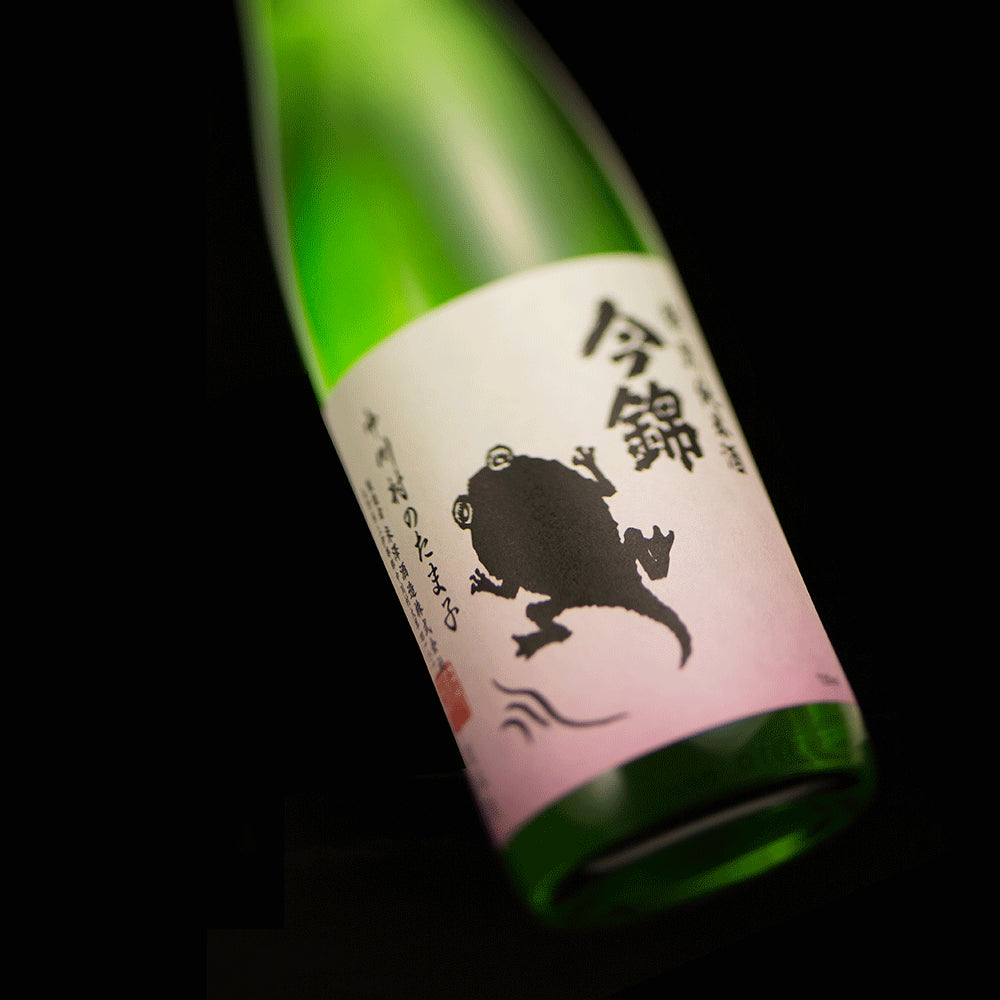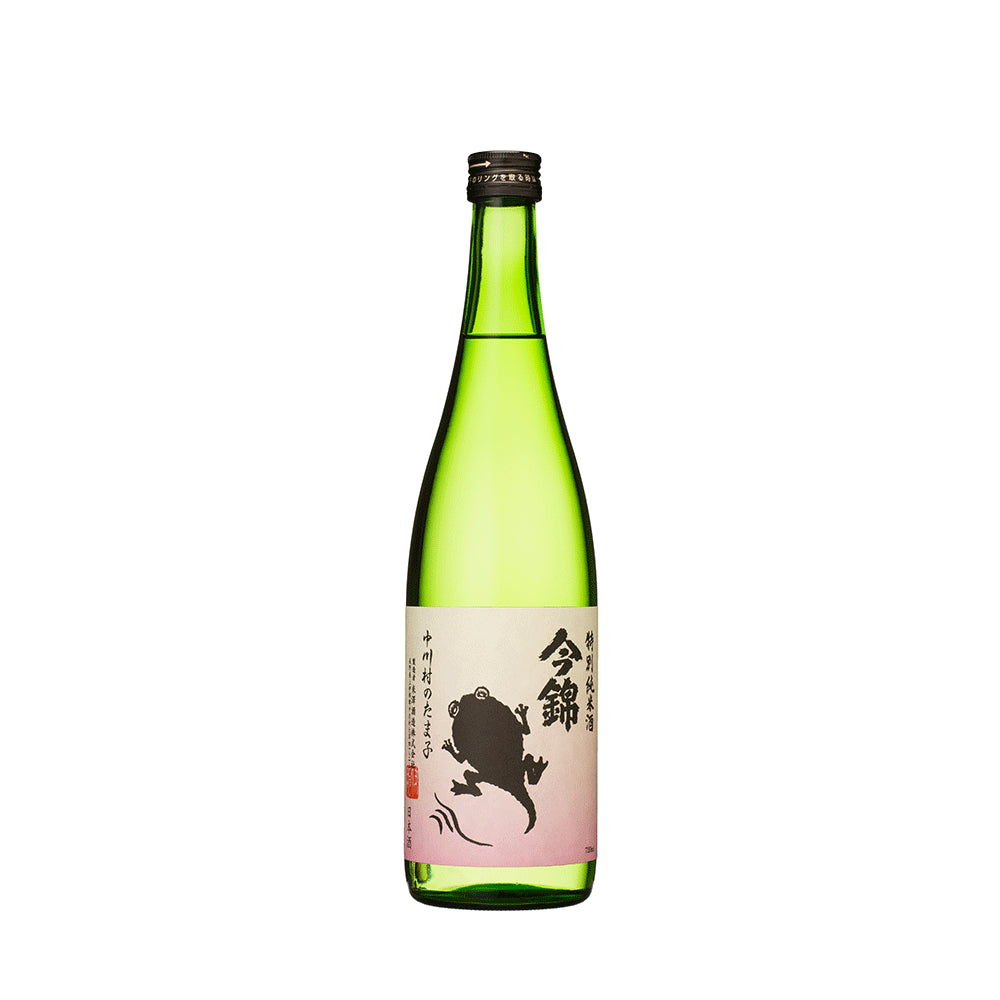-
 >
>
- Product list >
- Imanishiki Nakagawa-mura-no-Tamako Tokubetsu-junmai (720ml)
Imanishiki Nakagawa-mura-no-Tamako Tokubetsu-junmai (720ml)
詳しく見る
- *All prices shown are the product prices from the Japanpage:.
- *Product price can be shown in multiple currencies as reference values.
- *Payment should be made in Japanese yen.
- *After filling in delivery address, grand total (product price + shipping cost (packing + shipping + insurance) +tariffs & taxes) will be shown on the shipping cart page.
- *All prices shown are the product prices from the Japanpage:.
- *Product price can be shown in multiple currencies as reference values.
- *Payment should be made in Japanese yen.
- *After filling in delivery address, grand total (product price + shipping cost (packing + shipping + insurance) +tariffs & taxes) will be shown on the shipping cart page.
Awards
International Wine Challenge (IWC)2019 Junmai Division Bronze
"Imanishiki Nakagawa-mura-no-Tamako Tokubetsu-junmai (720ml)" is a Tokubetsu-junmai made with traditional way of pressing which is Sakafune Shibori using "Miyamanishiki", a locally grown sake rice from the village of Nakagawa in Nagano Prefecture, polished to 59%. Sakafune Shibori is an age-old technique in which sake bags containing unrefined sake are stacked in several layers inside an elongated sake vat, covered with a press lid, and slowly squeezed. In this way, you can enjoy the original flavor of the sake without any extraneous taste. It produces a slightly dry sake with a more crisp, clean finish. The name of the sake, "Nakagawa-mura-no-Tamako" refers to the "tadpoles" that inhabit the beautiful rice paddies of Nakagawa, which is a member of The Association of the Most Beautiful Villages in Japan. The hope is that the taste of this sake will evoke images of that pastoral scene.
About "Imanishiki"
The name "Imanishiki" comes from an ancestor of the sake brewer, who was an amateur sumo wrestling Yokozuna (Grand Champion) and used it as his wrestling stage name. This sake is brewed using traditional way of pressing which is Sakafune Shibori combined with the latest technology using local sake rice grown on land blessed with the natural environment and good quality spring water of the Southern Alps.
Recommended temperature
- Atsukan (50 - 55℃)
- Jokan (45 - 50℃)
- Nurukan (30 - 40℃)
- Room temperature (15 - 20℃)
- Hanabie (10℃)
- Yukibie (5℃)
Type


Tag
Appearance
-
Clarity
Transparency
Hazy
-
Colour
Colorless
Dark brown
-
Intensity
Water
Deep
Nose characteristics
-
Intensity
Low
Strong
Taste characteristics
-
Light / Body
Light
Body
-
Sweet / Dry
Sweet
Dry
-
Simple / Complexity
Simple
Complexity
-
Acidity
Low
High
-
Umami
Low
High
-
Finish
Low finish
Long finish
Aroma and flavor
Apple
Detailed information
| Volume | 720ml |
|---|---|
| Size (L W H) | 7.0 x 7.0 x 30.0 cm |
| Weight | 1.2kg |
| Ingredients | Rice, Rice koji, Water |
| Region | Nagano |
| Alcohol content | 17%vol. |
|
Sake Meter Value
|
+1.5 |
|
Acid level
|
+1.9 |
|
Polishing ratio
|
59% |









